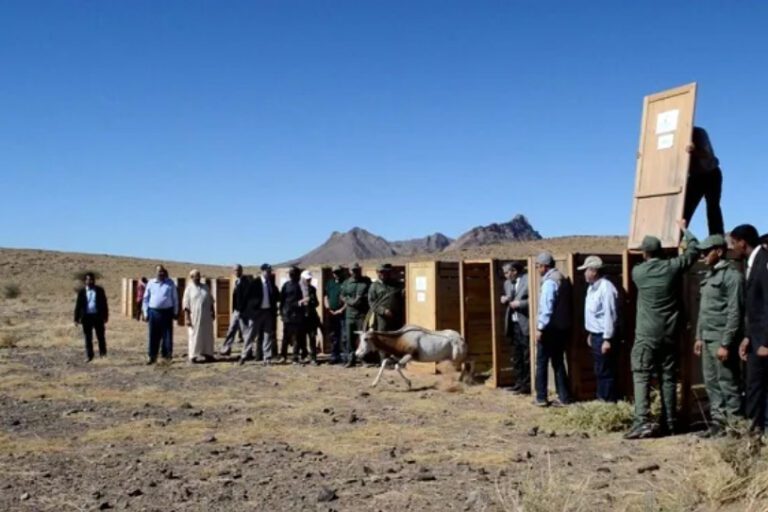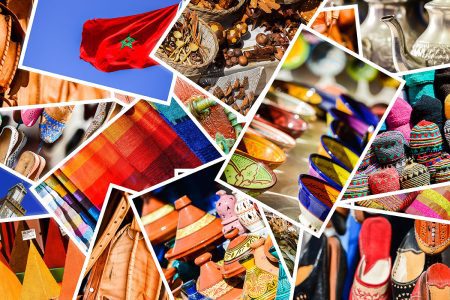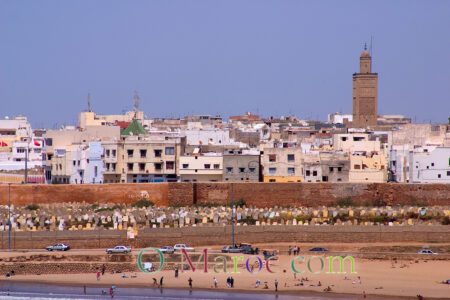I owe the Oryx one of the most beautiful memories of my life, several of the most beautiful memories of my life. And the news of the recent release of 20 oryx dammah, or scimitar-horned oryx in the Msissi reserve, not far from Mezgarne, really fills me with joy.
It was thousands of kilometres from Morocco, in a southern Africa that is very different from Morocco, but which shares essential things with it. The deserts of South Africa and Namibia are as full of wild beasts as they are empty of humans.
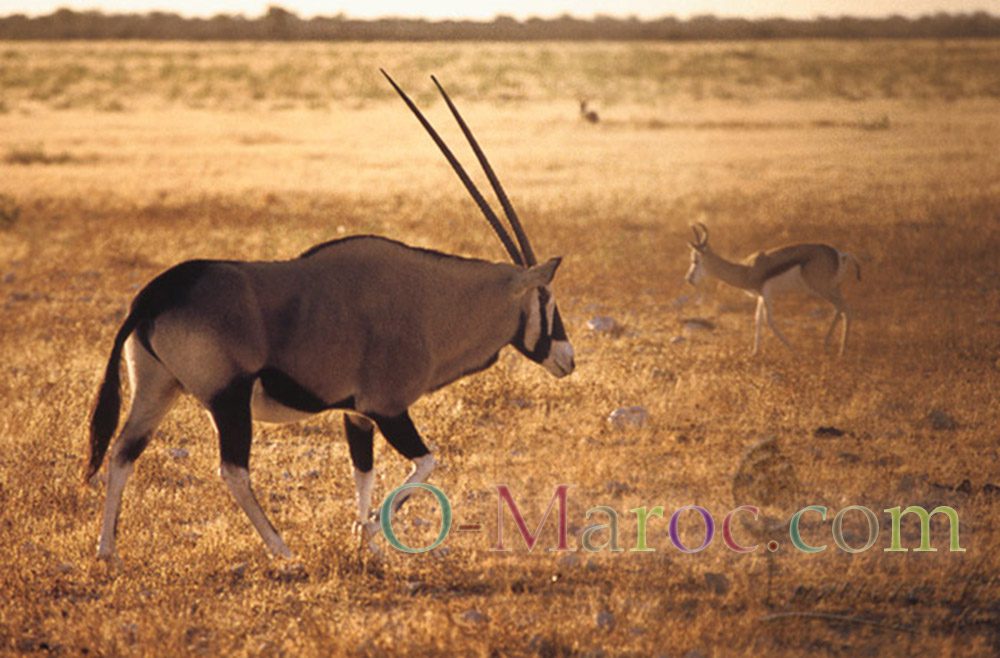
There, it is much rarer to come across nomads outside the traditional habitat of the San, but the big cats (the “game”) have not been decimated to the point of extinction as was the case in the Maghreb, from the circus games in Rome to the death of the last Atlas lion in the wild in the 1920s.
The Moroccan desert, especially in our region, is too densely dotted with oases for cohabitation with large wild animals to be easy. Wild animals need prey, herbivores have to compete with herds of goats, sheep and dromedaries, and there is a lot of deforestation to maintain homes…
Hunting areas still exist, but they are nowhere near as attractive to enthusiasts as southern Africa, whether the hunting is “real” or photographic. Reserves are fairly rare, and natural areas can be disfigured by plastic bags blown about by bad winds. There is more talk of wildlife because of the endangered species, in particular many birds and reptiles (as far as birds are concerned, we have to be honest, Morocco is far from being responsible for the drop in migratory numbers).
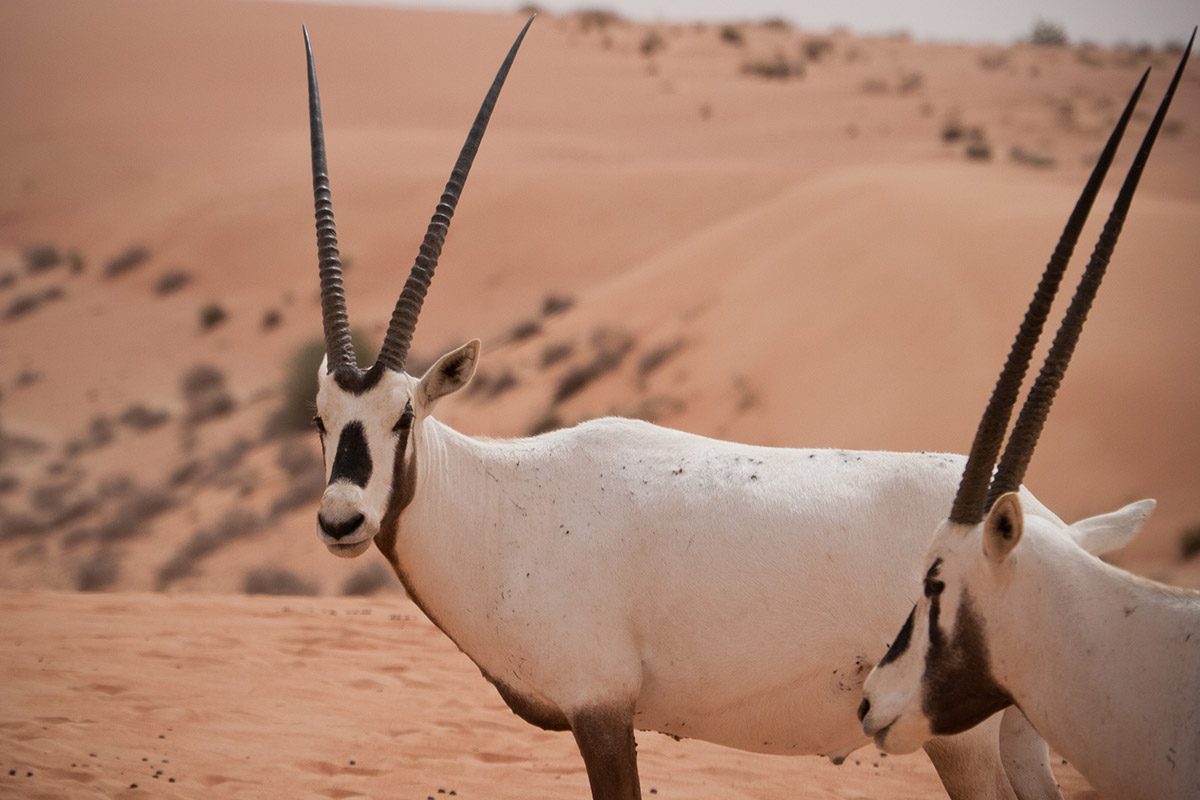
However, Morocco has a plan for the gradual reintroduction of various species, which should be done very gradually:
- as is the case everywhere, reacclimatise animals bred in “reserves” and therefore in captivity (even if this has nothing to do with the zoo) to real life in the wild
- at the same time, educate the local population to preserve the reintroduction areas and avoid uprooting trees, among other things, because although the reserved areas are theoretically closed to all exploitation, in practice the controls are not very effective
- reintroduce the species in the right order (prey first, predators second), avoiding any species damaging crops, either by grazing or simply by passing through…
In this context, the transfer of twenty oryx from a semi-captivity to the M’cissi reserve is an important step. The algazelle oryx is on the brink of extinction and is the subject of breeding programmes in many zoos and reserves.
Scimitar-horned Oryx, or Oryx Algazelle or Oryx Dammah
Once found throughout North Africa, Niger and Chad, the dammah oryx no longer exists in the wild.
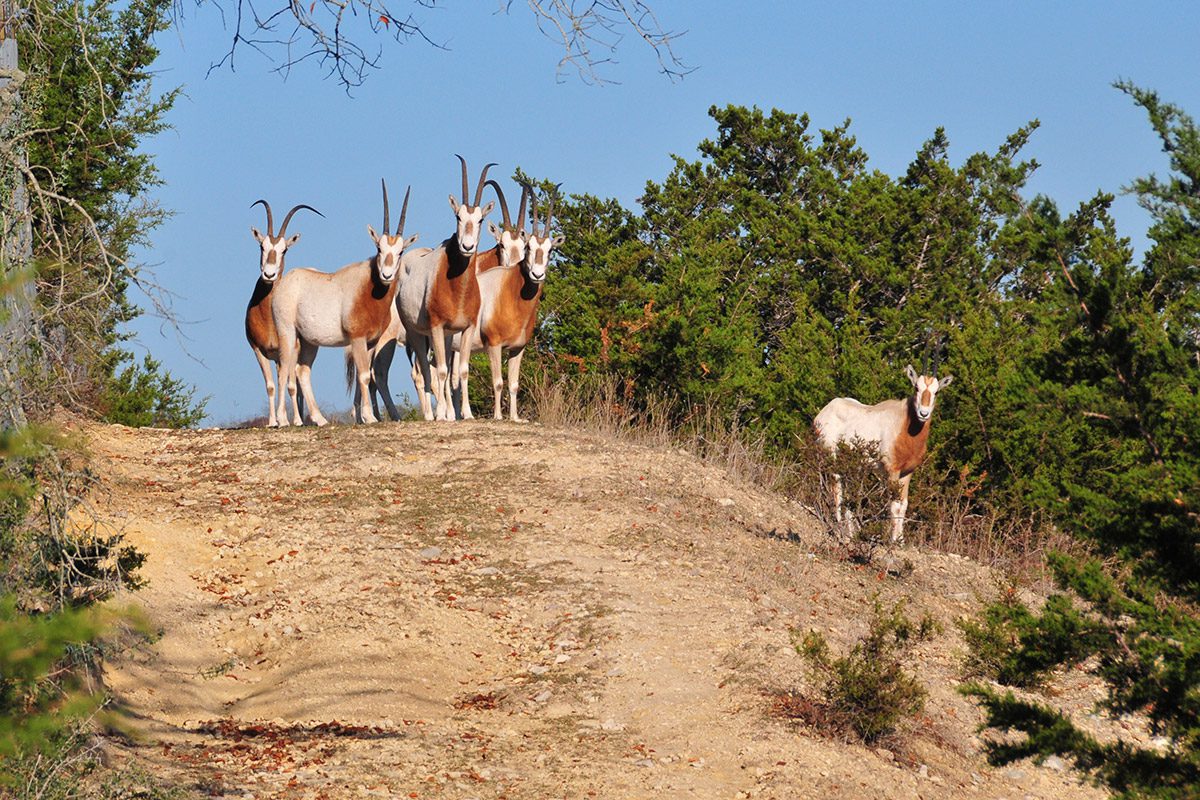
The algazelle oryx has a much lighter and less pronounced coat than the ‘gazelle’ oryx found in southern Africa and generally known as the gemsbock. In fact, the coat is almost white, except for the chest and tip of the tail, which are fawn-coloured. It is also known as the white oryx, although the true white oryx lives on the Arabian Peninsula. It has a truly white coat, with markings on the head that the algazelle oryx does not have. (In the case of the oryx algazelle, the markings are very small).
With a shoulder height of 1m20 and an average weight of 150kg, the algazelle oryx is more imposing than the white oryx, but much less so than the gemsbock.
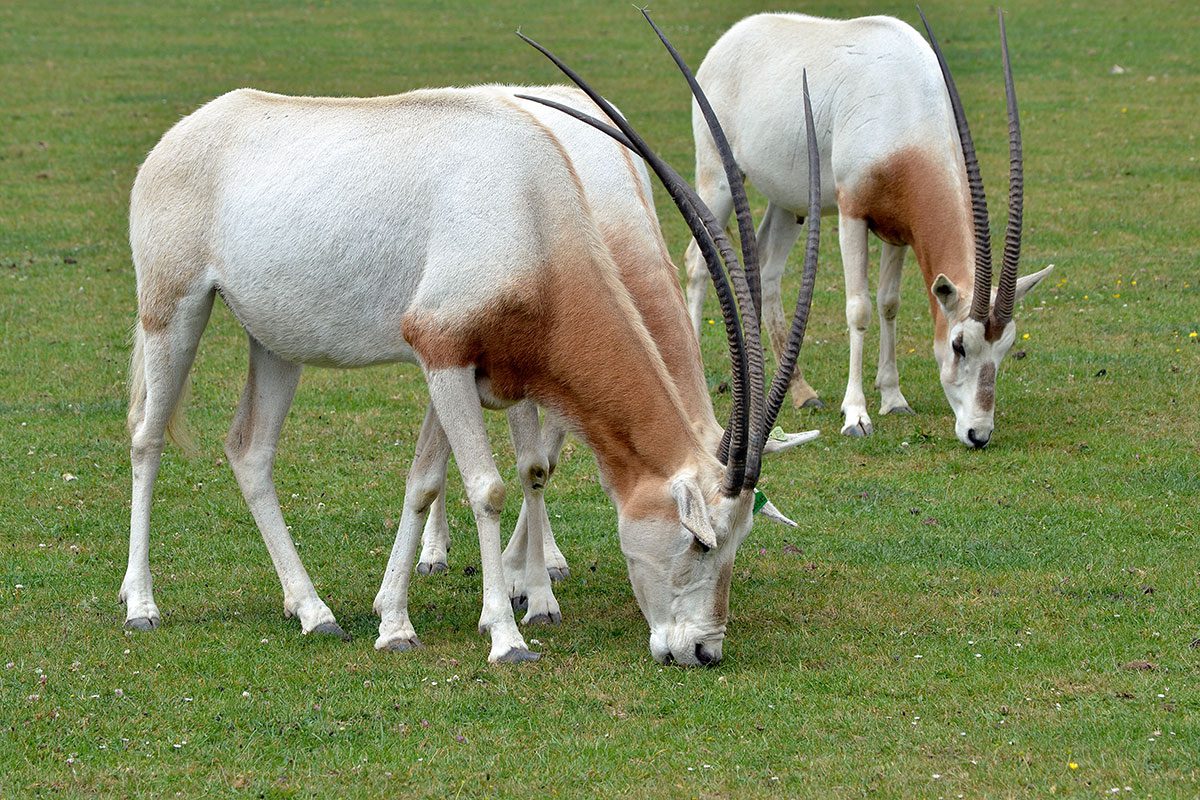
The algazelle oryx is well adapted to desert areas. Like other oryx, it can go several weeks without drinking, and even stop sweating in the event of severe drought. Nevertheless, it stays on the savannah and in pre-desert areas, but does not venture into truly desert areas, unlike the other two oryx.
Les programmes de réinsertion des oryx et de gazelles
The first oryx rehabilitation programmes involved white oryx in the Arabian Peninsula. The Moroccan programme, run by the High Commission for Water and Forests and the Fight against Desertification, has benefited from these experiences. Today, with 353 oryx in various locations, Morocco is the country with the largest number of living dammah oryx. Further reintroductions are planned in the Errachidia and Boujdour regions.
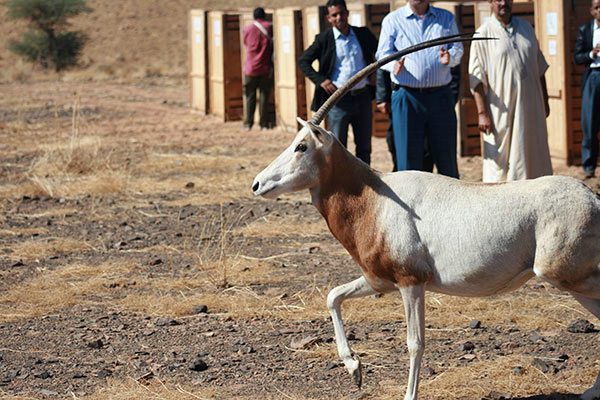
The Msissi reserve is part of the Southern Moroccan Oases Biosphere Reserve. Close to the road that runs from Rissani to Tazzarine, it offers greater potential for tourism than other areas, and makes it possible to strengthen nature protection with a return on tourism investment for the local population.
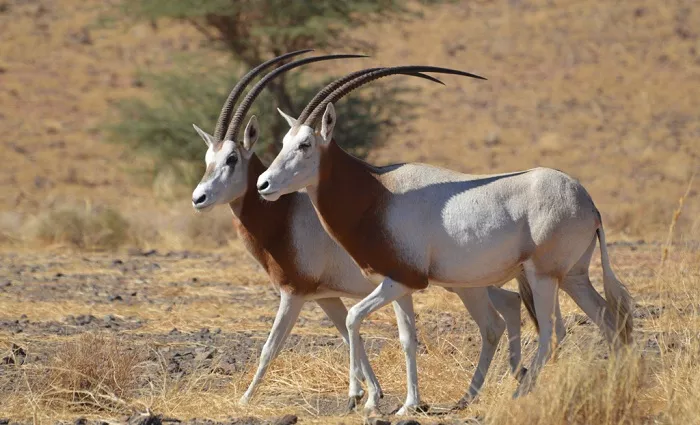
Other species are also benefiting from reintroduction programmes, including the dama mhorr gazelle, the addax and the berber deer (despite its name, the oryx algazelle is not a gazelle but a hippotrague, while gazelles belong to the antelope family… you’d lose your Berber there!) The addax is also a hippotrague, but with twisted horns, unlike the oryx. The dammah gazelle will also be reintroduced to Msissi…
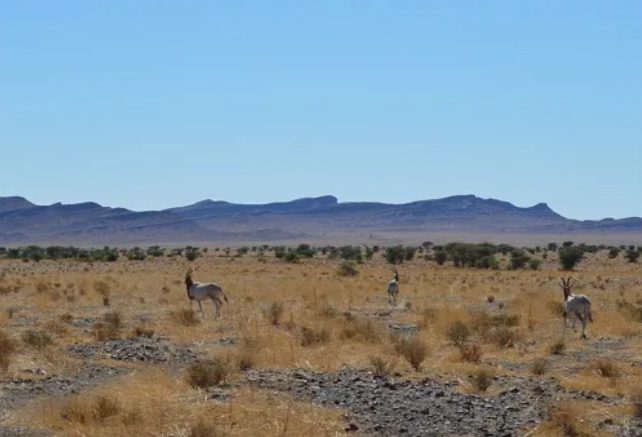
Let’s hope that this population of oryx will grow, enough to save the species from extinction, enough for us to decide to release them completely free….
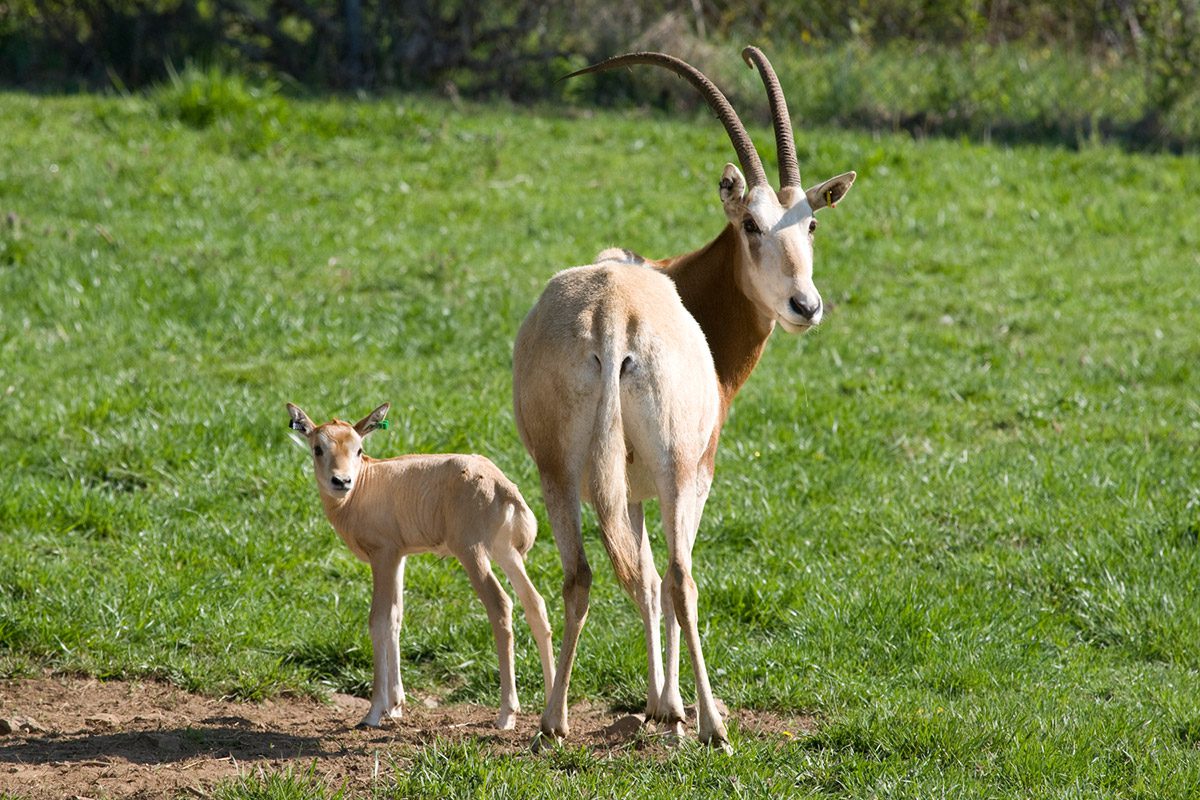
 A typo or syntax error? You can select the text and hit Ctrl+Enter to send us a message. Thank you! If this post interested you, maybe you can also leave a comment. We'd love to exchange with you !
A typo or syntax error? You can select the text and hit Ctrl+Enter to send us a message. Thank you! If this post interested you, maybe you can also leave a comment. We'd love to exchange with you !

